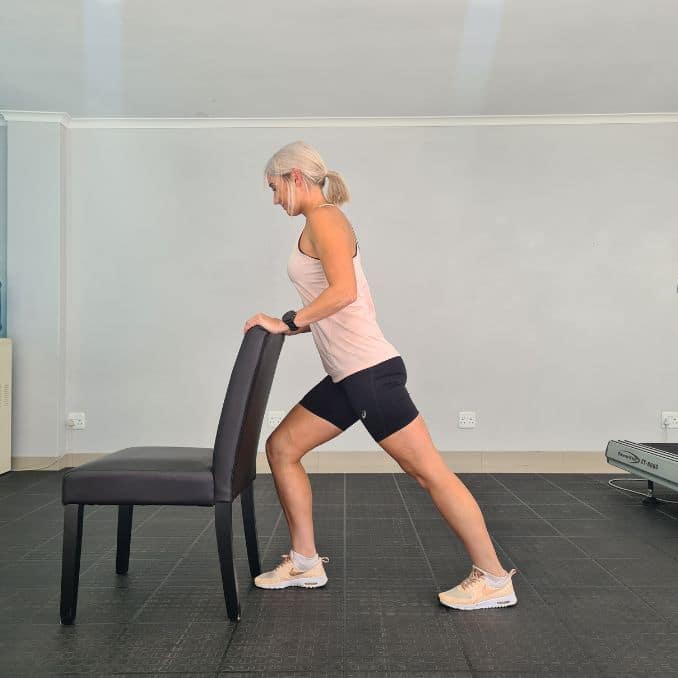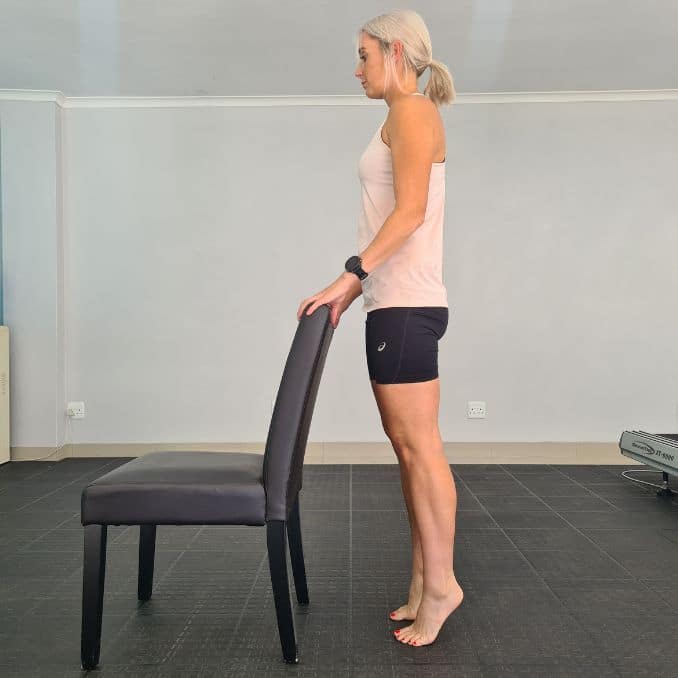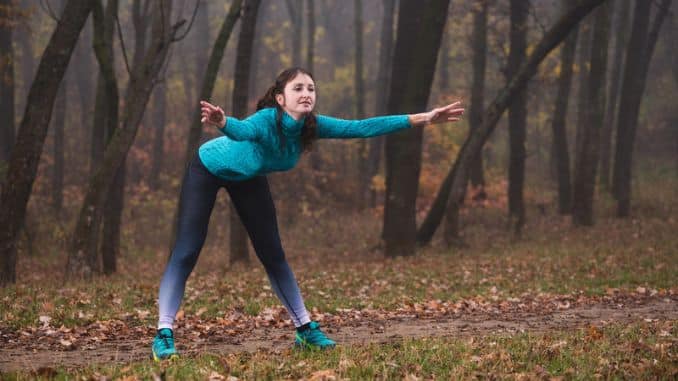
Normally, looking at an adult foot from the inside, you will notice an upward curve in the middle called an arch. But if there is little or no arch, this is called flatfoot. Flatfoot usually develops during childhood and is commonly known as Fallen arches in medical terms. This condition develops when the main arch-supporting tendon (the posterior tibial tendon) becomes weakened or injured, causing the arch to become lower gradually. With time, the shape of the foot changes, and secondary symptoms appear. Common problems associated with fallen arches include plantar fasciitis, tendonitis, increased fatigue, and arthritis of the foot and ankle, which can be alleviated through Fallen Arches Exercises.
Here’s How to Test for a Flatfoot
Follow these three steps:
- Get your feet wet.
- Stand on a flat surface where your footprint will show, such as on a concrete walkway.
- Step away and look at the prints. If you see complete imprints of the bottom of your feet on the surface, you will likely have flat feet.
For young children with flat feet, this condition is called flexible flat feet. When the child stands, the feet look flat. But when the child rises to their toes, a slight arch appears. In most cases, as children grow older, the arches develop.
Causes
Developing flatfoot later in life sometimes cause by heredity, and certain problems increase the risk of developing flatfoot, including:
- Achilles tendon injuries
- Broken bones
- Cerebral palsy
- Diabetes
- Down syndrome
- High blood pressure
- Obesity
- Pregnancy
- Rheumatoid arthritis
Symptoms
Flat feet usually do not experience problems and require no treatment. But some may experience the following symptoms:
- Feet tire easily
- Painful or achy feet, especially in the areas of the arches and heels
- The inside bottoms of your feet become swollen
- Foot movement, such as standing on your toes, is difficult
- Back and leg pain
And if you notice any of these symptoms, maybe it’s time for medical consultation.
Treatment
Treatment options depend on the severity and cause of the problem. Fallen arches exercises are probably optional treatments for people with flat feet that do not cause pain or other difficulties. In other cases, your doctor may suggest one or more of these treatments:
- Rest and ice to relieve pain and reduce swelling
- Stretching exercises
- Pain relief medications, such as nonsteroidal anti-inflammatories
- Physical therapy
- Orthotic devices, shoe modifications, braces, or casts
- Injected medications to reduce inflammation, such as corticosteroids
The surgery occurs when the pain or foot damage is severe, and there is no relief from non-surgical options.
Physical Therapy
There are several ways to stretch and condition the feet to avoid or lessen the pain and discomfort of fallen arches. Here are some fallen arches exercises you can do to help correct fallen arches and reduce pain. Aim to do these exercises at least three times per week. Ideally, you can fit them into your daily routine and perform them throughout the day.
As you work through these exercises, focus on raising, strengthening, and lengthening your arches.
1. Heel Stretches
- Stand with your hands resting on a wall, chair, or railing at shoulder or eye level.
- Keep one leg forward and the other leg extended behind you.
- Press both heels firmly into the floor.
- Keeping your spine straight, bend your front leg and push yourself into the wall or support, feeling a stretch in your back leg and Achilles tendon.
- Hold this position for 30 seconds.
- Do each side 4 times.
2. Tennis/Goal Ball Rolls
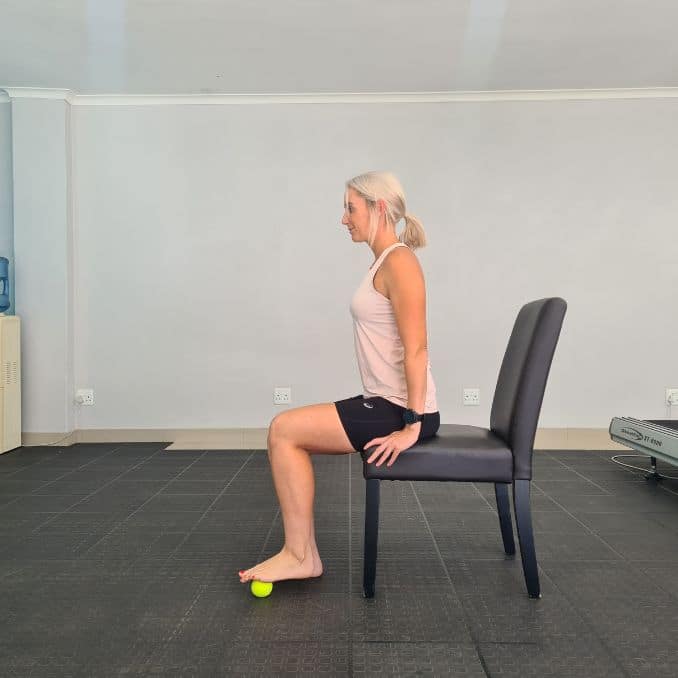 |
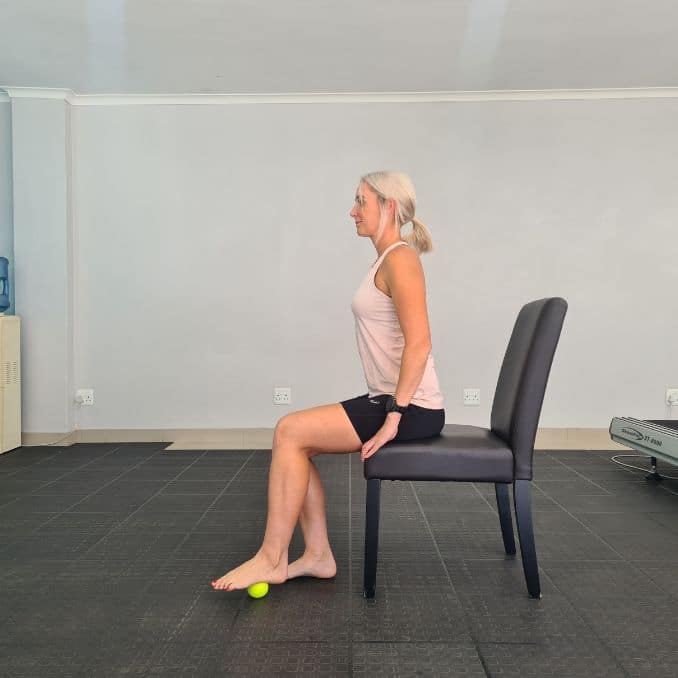 |
- Sit on a chair with tennis or golf under your right foot.
- Maintain a straight spine as you roll the ball under your foot, focusing on the arch.
- Do this for 2–3 minutes.
- Then do the opposite foot.
3. Arch Lifts
- Stand with your feet directly underneath your hips.
- Make sure to keep your toes in contact with the floor the entire time, and roll your weight to the outer edges of your feet as you lift your arches up as far as you can.
- Then release your feet back down. You’ll work the muscles that help to lift and supinate your arches.
- Do 2–3 sets of 10–15 repetitions.
4. Calf Raises
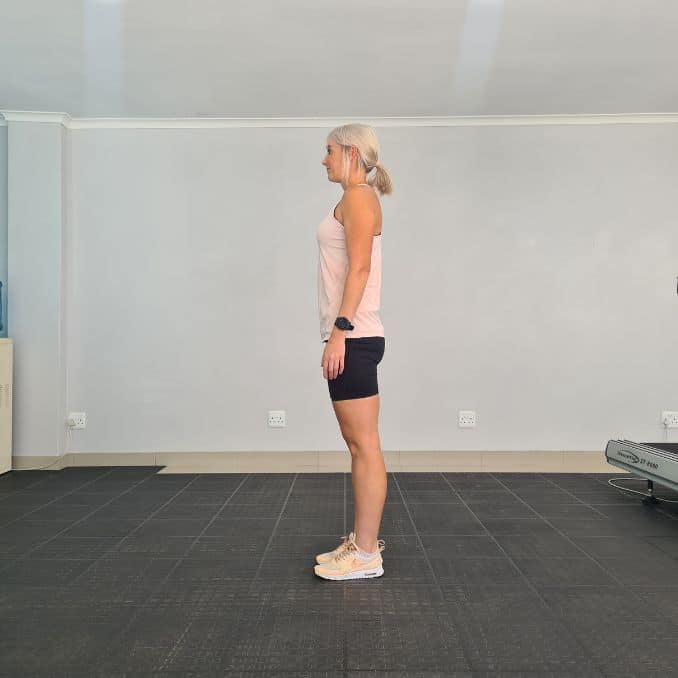 |
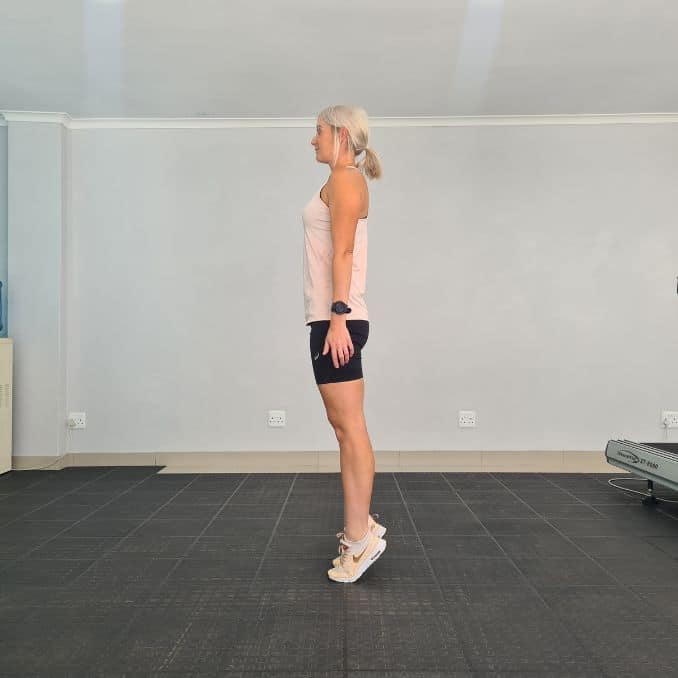 |
- While standing, lift your heels as high as you can.
- You can use a chair or wall to help support your balance.
- Hold the upper position for 5 seconds, then lower back to the floor.
- Do 2–3 sets of 15–20 repetitions.
- Then hold the upper position and pulse up and down for 30 seconds.
5. Stair Arch Raises
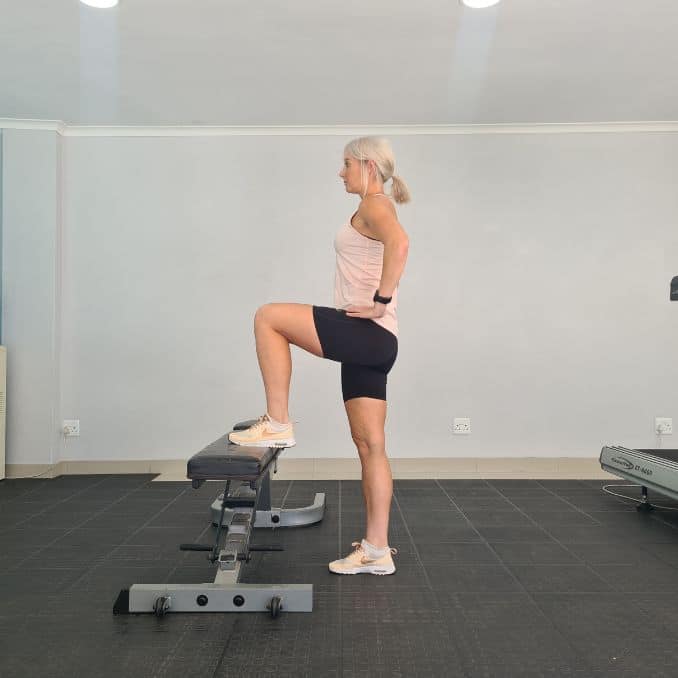 |
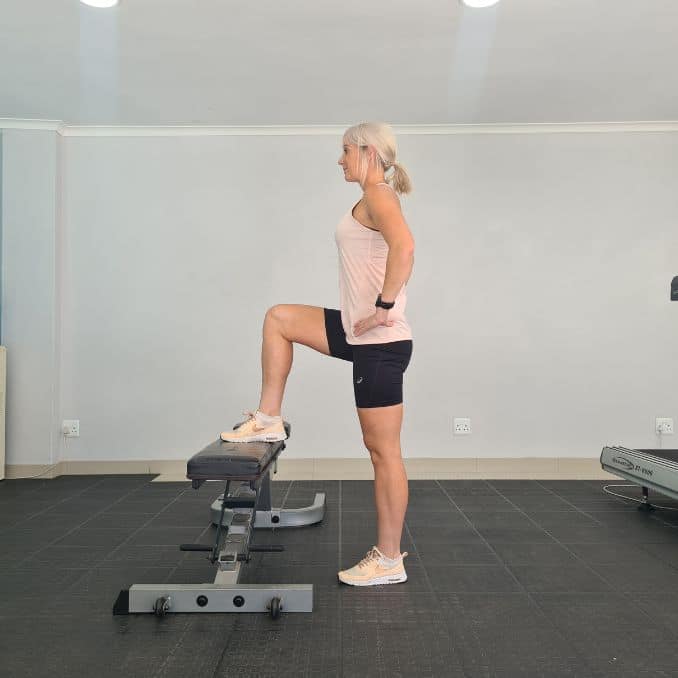 |
- Stand on steps with your left foot one step higher than your right foot.
- Use your left foot for balance as you lower your right foot, so your heel hangs lower than the step.
- Slowly lift your right heel as high as possible, focusing on strengthening your arch.
- Rotate your arch inward as your knee and calf rotate slightly to the side, causing your arch to become higher.
- Slowly lower back down to the starting position.
- Do 2–3 sets of 10–15 repetitions on both sides.
6. Tower Curls
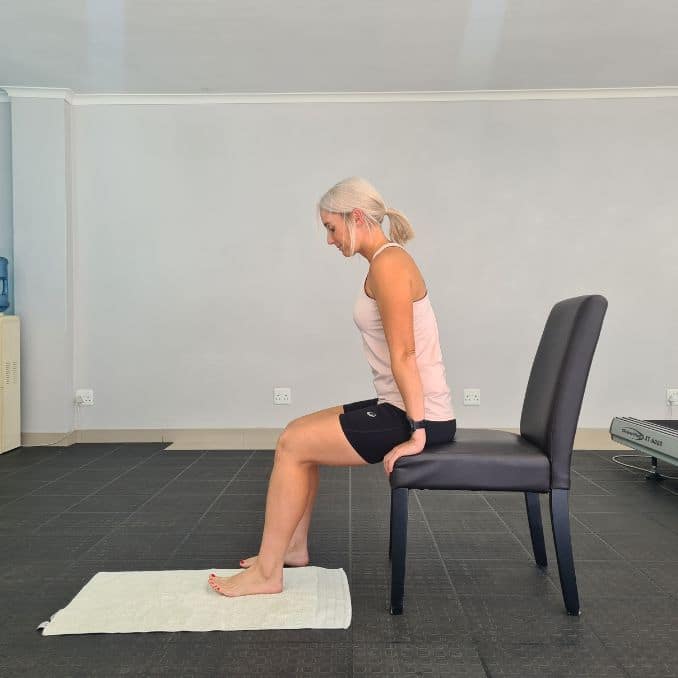 |
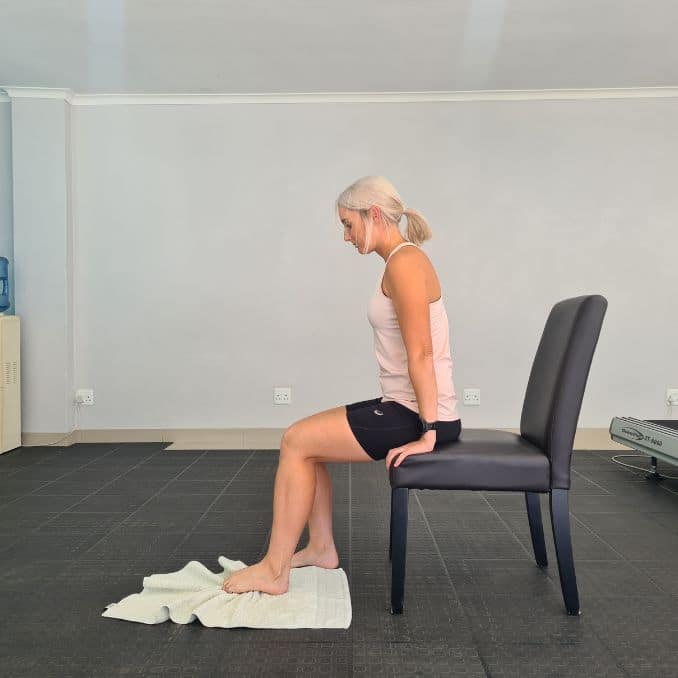 |
- Sit in a chair with a towel under your feet.
- Root your heels into the floor as you curl your toes to scrunch up the towel.
- Press your toes into your foot.
- Hold for a few seconds and release.
- Keep the ball of your foot pressed into the floor or towel. Maintain an awareness of the arch of your foot being strengthened.
- Do 2–3 sets of 10–15 repetitions.
7. Toe Raises
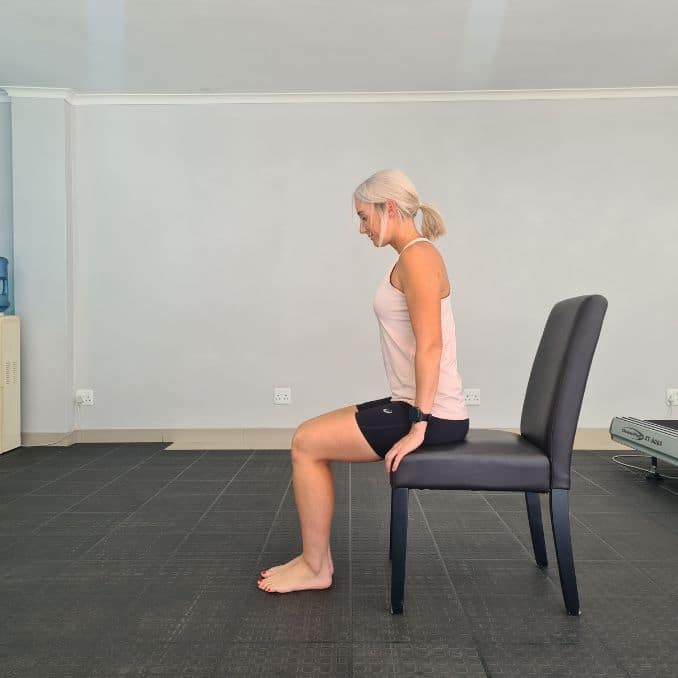 |
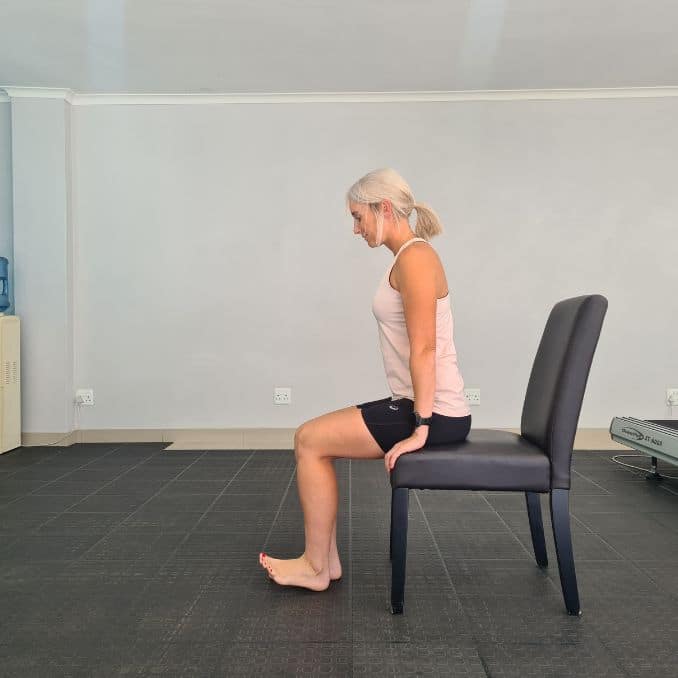 |
- While standing, press your right big toe into the floor and lift up your other four toes.
- Then press your four toes into the floor and lift up your big toe.
- Do each way 5–10 times, holding each lift for 5 seconds.
- Then do the exercise on your left foot.
Remember that it may take a few weeks to do these fallen arches exercises before you begin to see improvements. Be consistent with your approach and continue doing the exercises even after progressing.
OUTLOOK
When we were born, we all had flatfoot, and by age 6, arches typically formed. But there are cases in this form during adolescence and even in adulthood. Pain and walking difficulty is observed with flatfoot. Though there are many possible treatment options, children with flexible flat feet generally do not need treatment because they will often outgrow the condition. But if flat feet are caused by degenerative disease with symptoms that worsen over time, treatment options can be difficult. On the other hand, exercising can help improve the condition of some people.

